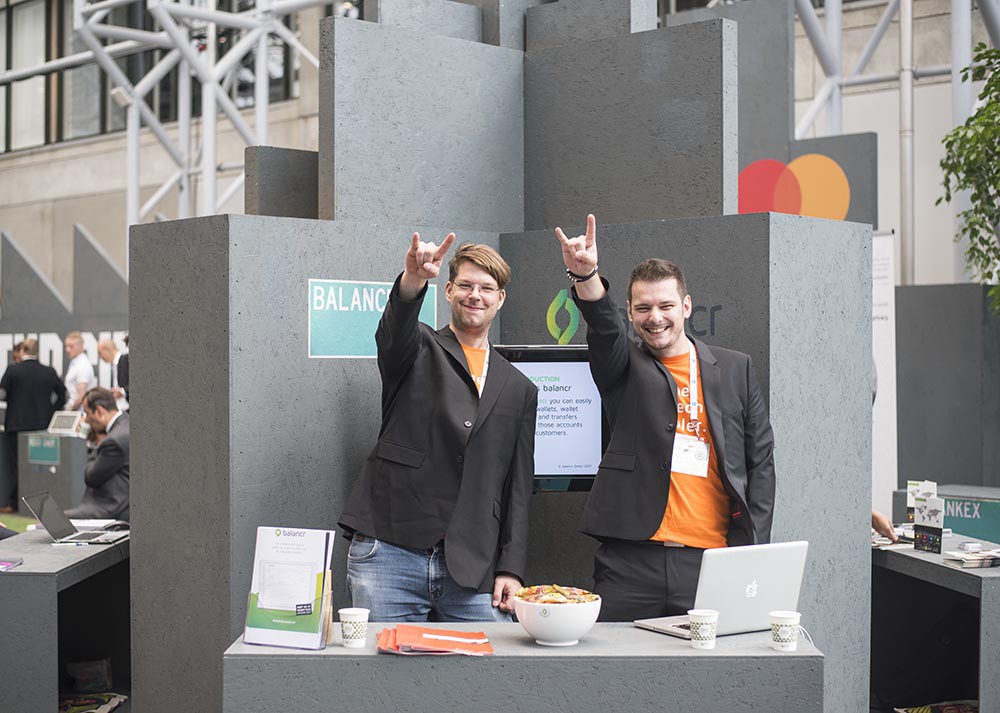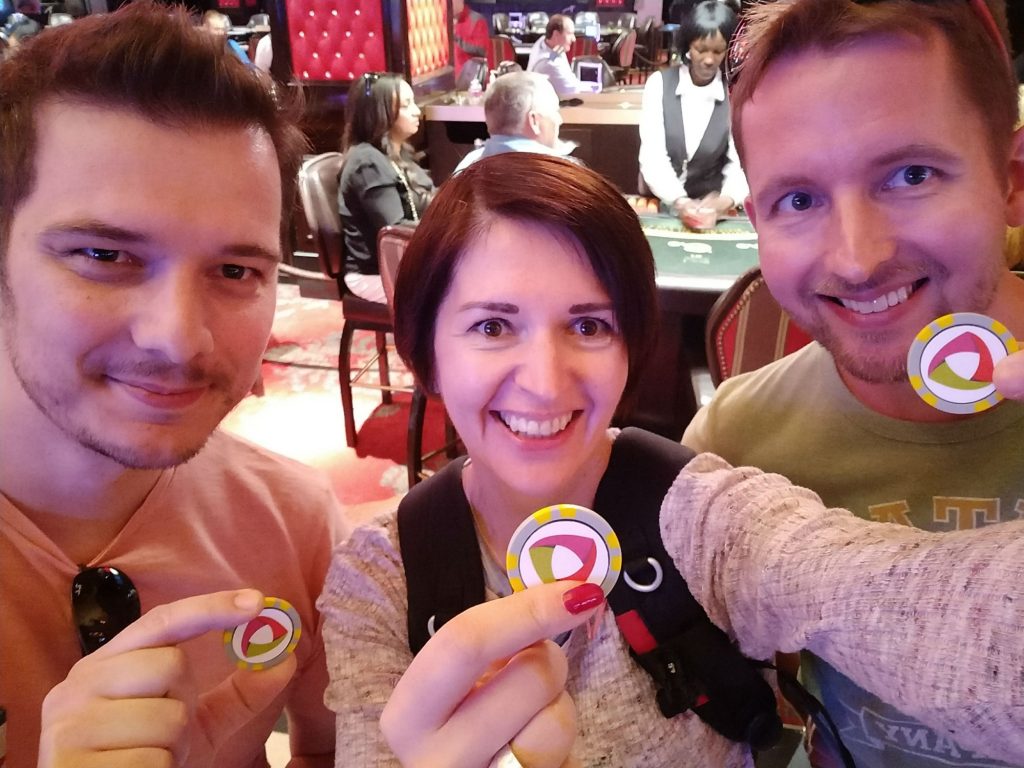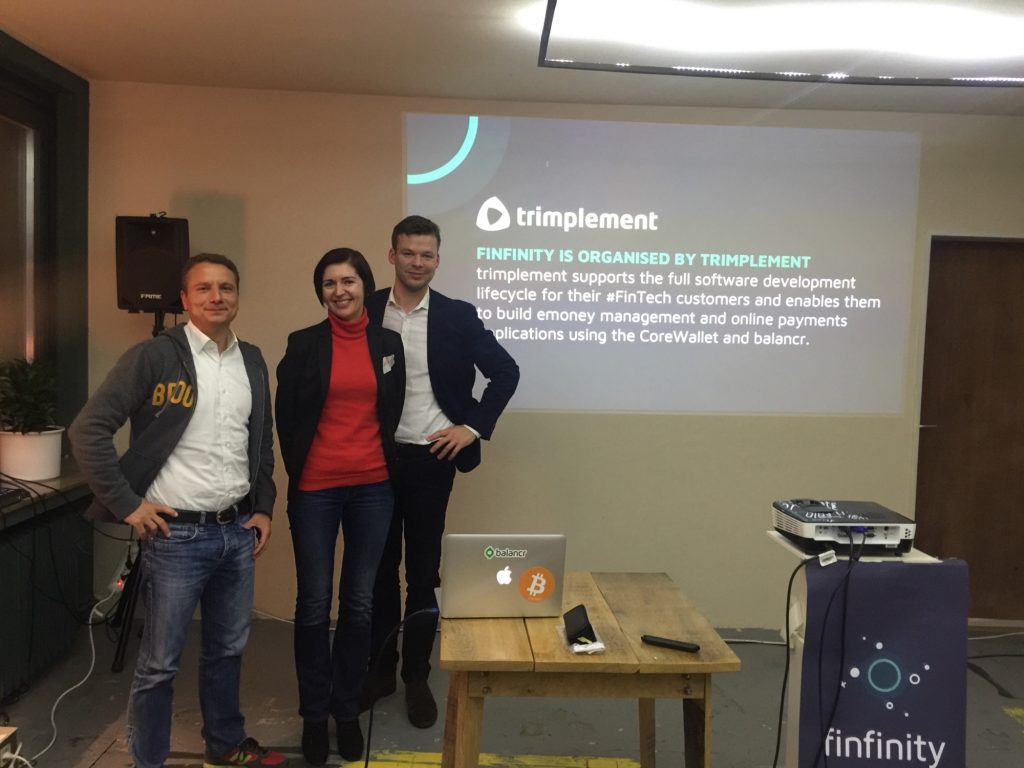You know you had it coming.
Your calendar told you well beforehand: This year is going to end soon. Which means the symptomatical end-of-year reviews are springing up all over the place.
We’ll contribute. While waving farewell to the old year, we’re looking back on our last 12 months of business. What did we experience? What did we achieve? And, looking at the whole picture, how has the fintech industry been holding up in 2017?
It will be a fintech end-of-year review featuring balancr then. Here are our highlights of 2017:
1. balancr: A fresh solution
The main reason 2017 has been a very special year for us is the founding of the balancr GmbH and the release of our eponymous product: balancr. Designed as a balance management SaaS for startups, our new product stands side to side with the enterprise-level emoney management suite CoreWallet, completing the trimplement portfolio. Currently, balancr is still gaining traction, but founding the company already opened us many doors. For example, tying balancr to a new startup allowed us to visit conferences, presenting the product and making valuable business contacts.
2. Conventions: Our trip around the globe
Our parent company trimplement has been around in the FinTech business for some time now. They know that the EU has shown initiative in terms of financial technology over the last few years – so this fintech end-of-year review would not be complete without a look at the European industry. And we have to look no further than Holland or Belgium —

But Europe is not enough, so we set out to take an even bigger leap — or two, actually. Money 20/20 US 2017resembled Money 20/20 Europe in name only: The lessons we drew from the event in glamorous Las Vegas differed very much to those from taken back Copenhagen — at the American Money 20/20, you have to work harder to make your ideas heard. Once you are loud enough, though, people are more open to adapt them. Only our trip to Asia turned out to be even more of a culture shock: Both Hong Kong and Singapore offered fresh perspectives on fintech.

3. Asia: Gathering momentum
Attending the Hong Kong Fintech Week in October 2017 enabled us to witness the Chinese fintech market at first hand. And all we can say: It’s worth engaging in. China is diving head first into financial technology — word has it, that the Chinese don’t even use hard cash anymore.

Still, China has to content itself with the runners-up spot in our ranking. There is one fintech location even more impressive and ripe with innovation: Singapore. The rich city-state is known as one of the hotspots for financial technology. Having visited big fintech events like the Money20/20 Europe and US, we were astonished to see how easily the Singapore Fintech Festival dwarfed those conferences.

But no matter if you prefer Hongkong or Singapore, be sure to keep a weather eye on the Asian market. Just remember, China is viewed to have the largest transaction value in fintech worldwide — we are talking well above 900 mio Euro here. In comparison, the German fintech sector will cross the mark of 100 mio Euro by the end of 2017 for the first time.
4. Germany: A fintech hub at our doorstep
But that does not mean it’s not a huge step forward for Germany. Over the course of 2016 and 2017, the country has emerged as a fintech location to be reckoned with. While the rate of expansion is slowly flattening out, projections remain confident. A study commissioned by the accountancy firm Ernst & Young hints at an increase in cooperative partnerships between fintech startups. Hereby, small companies position themselves against the giants of the German financial industry, who begin to face the challenge of disruptive new technologies with their own initiatives. But it’s not “us against them” — banks are gradually opening up for cooperations with fintechs. The Brexit spurs the German
These prognoses match the experiences we have made this year as a young company. During 2017, fintech opportunities manifested all over Germany. This very year, our company’s hometown Cologne participated in a contest hosted by the ministry of economics to determine the next major
5. Finfinity: Full speed ahead
In 2017, there was no lack of hot fintech topics to discuss: Cryptocurrency, artificial intelligence, compliance or even digital finance in the gaming industry, to name a few. To address such topics, we created “

As of 2017, we have already hosted 7 episodes of the “
The thing we are most proud of: Over the course of the last year, the meetup community grew to almost 400 members. Maybe we’ll see you there too, someday. Feel free to join us at the next “Finfinity” meetup. You’ll find more information on the official homepage.
6. The coming year… CoreExchange and PSD2
How to end a fintech end-of-year review of 2017 if not with a forecast of 2018. We are certain, the coming year will be an exciting one — for us as a company as well as for the fintech industry as a whole. Since Bitcoin speculations intensify, the blockchain technology behind the cryptocurrency catches a fair bit of attention. We won’t miss the opportunity: CoreExchange, our white-label cryptocurrency exchange, is well up to the tasks presenting themselves in the crypto sphere.
Furthermore, the EU directive PSD2 will kick in in January 2018. It commands financial institutions like banks to share their client’s account and transaction data with third party service providers — that is, if the client expressly agrees. Some commenters of the industry celebrate this regulation as a jump start for the unification and digitalization of European banking, which they view as long overdue. Others tread this new path warily, pointing out possible issues with data protection and account security. By all means, PSD2 will shake up the industry.
If you ask us, 2018 won’t be just another year in fintech…
Images © trimplement GmbH, Cologne




